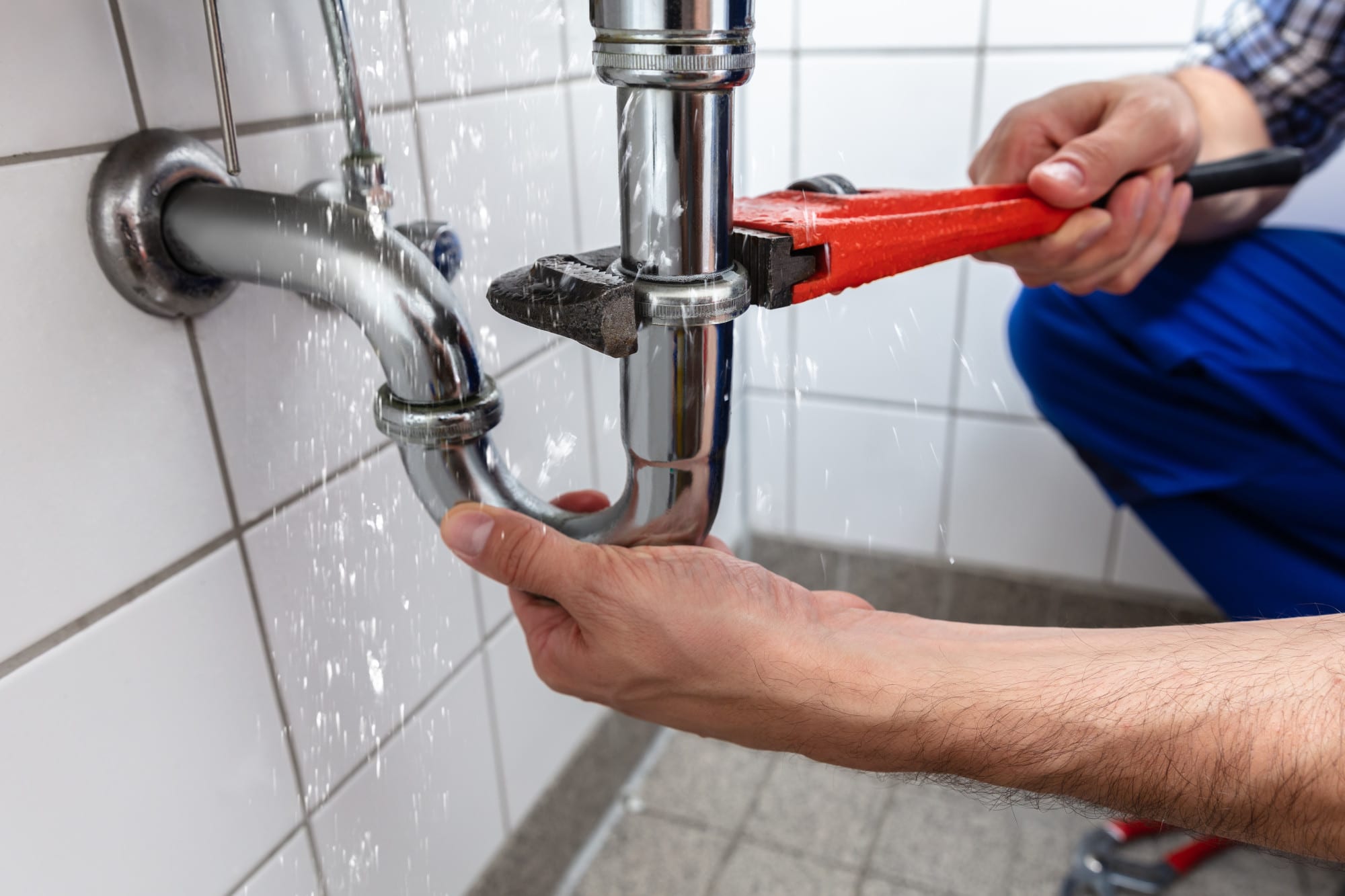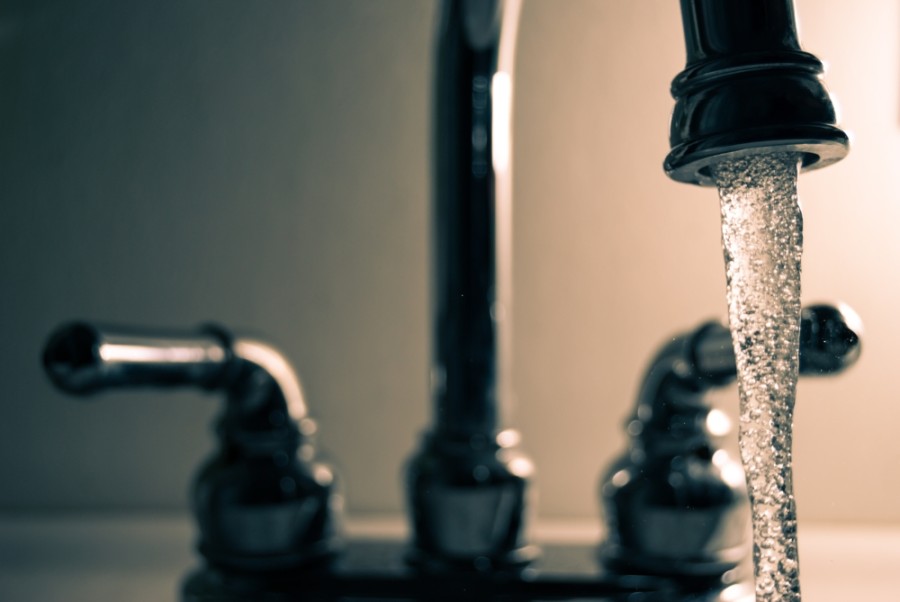Managing Flood Damage Caused By Leaking Water Pipes - Expert Tips
Managing Flood Damage Caused By Leaking Water Pipes - Expert Tips
Blog Article
They are making a few good points relating to The Do s And Don ts After Water Damage in general in this content followed below.

What should you do if a water pipeline bursts in your house, creating a mini-waterfall and flooding an area of your house? The longer you wait, the a lot more extreme the water damages in your residential property. For these reasons, you require to discover what to in case of a burst water pipeline.
Shut down the Key Waterline Shutoff
The first thing you need to do is shut the shut-off valve. Look for the neighborhood shut-off valve to turn-off water in one certain area just. You have to turn-off the primary waterline valve if you don't know where the localized shut-off shutoff to the component is. This will certainly cut off the water in your entire residence. Normally, the main shutoff is located outside the house alongside the water meter. You can additionally discover it in the basement at an eye-level or it could be in the First floor on the ground if it's not there. Usually, builders yet the shut-off valve in the main ground degree restroom or best alongside it.
Call Water Damages Reconstruction Pros for Assistance
After shutting the water resource, call the pros for aid. Since they require to fix the pipes and also attend to the damages to your residential property, this is not something you can conveniently Do it yourself. Seek assistance from a reliable business using 24/7 emergency solutions. With their specialist aid, you can minimize worsening because water can leak via your things resulting in distorted walls, loose ceramic tiles, or damages structure. Do not take this trouble gently as well as seek career assistance for total peace of mind.
Document the Damage For Insurance coverage
As you are waiting for the pros to show up, record the damage triggered by the errant pipe. Take photos as well as video clips of whatever. Do closeup shots of belongings. These points will serve as evidence for your home owner's insurance coverage. Remaining proactive with this enables you to sue for coverage, which will certainly help you and your family members get back on your feet.
Recover Things That Can Be Saved
As soon as you're done taking images, browse the products and secure the most important ones from the pile. Dry them off and try to preserve as high as you can. Drag them away from dampness so they can begin to dry.
Begin the Drying Process
While waiting for the pros, you can start the drying process. Fortunately, water from your waterlines are clean so you do not need to bother with sewer water. The moving water may have disturbed the dirt as well as particles in your floorboards and rugs. So be prepared with handwear covers as you make use of containers to discard out the water. Blot out as much as you can with old towels. You can likewise activate an electric follower or open windows to promote air blood circulation. This will certainly hasten drying as well as deter mold as well as mildew growth.
Experts are the only ones certified to deal with the burs pipelines and also succeeding damages. You will normally see red flags like bubbling paint, strange noises in the plumbing, moldy smell, caving ceiling, peeling off wallpaper, or water spots.
What should you do if a water pipeline ruptureds in your residence, creating a mini-waterfall and swamping a location of your house? For these reasons, you need to learn what to in case of a burst water pipe. After closing the water resource, call the pros for aid. With their professional help, you can mitigate worsening because water can leak through your points resulting in distorted walls, loosened floor tiles, or damages structure. Luckily, water from your waterlines are clean so you don't have to worry about drain water.
How to Handle a Burst Pipe and Minimize Damage
Steps to Take Ahead of Time
If you own property in an area that experiences cold weather, you need to be aware of seasonal maintenance tasks that will help you protect your property as the weather changes each year. One of the most important steps is to winterize your pipes to ensure they won't freeze or burst when the temperature drops. This includes action items like insulating any exposed pipes, detaching garden hoses and covering outdoor faucets. If the weather gets cold enough, you may even consider leaving a faucet dripping or opening cabinet doors during the coldest parts of the day.
No matter how prepared you might be, accidents and emergencies still happen. You'd be wise to set up a savings account specifically for your property so you have a "rainy day" fund set aside for unexpected expenses. All homes regardless of age, location or condition will inevitably need some form of emergency repair.
Steps to Take for Frozen Pipes
A frozen pipe will not necessarily burst, so if you can catch a frozen pipe early on, you could save yourself a major headache. When your area experiences frigid temperatures, be sure to check your plumbing and keep an eye out for warning signs like faucets only releasing small amounts of water or toilets not refilling when flushed. If you do run into one of these issues, you're likely dealing with a frozen pipe.
If this happens, your first step should be to cut off the water supply to that section of the plumbing. Expanding and freezing water can quickly cause damage. Even if the water supply is shut off, you will likely still deal with some leaking from the water that defrosts after the pipe has thawed. Be prepared with a mop, bucket and/or towels to quickly soak up any excess water.
In order to thaw a frozen pipe, you can use a space heater, infrared or incandescent heat lamp, or even a hairdryer to warm up the frozen area. Heat tape is also an option and should be used according to manufacturer instructions. Do not use any sort of open flame to thaw frozen pipes, as it poses a major fire hazard and can damage your pipes further.
Steps to Take for a Burst Pipe
Water damage claims are the second most common insurance claim in the U.S. When you're dealing with a frozen pipe, the water continues to expand as it freezes, which creates pressure that can cause a pipe to burst. When this happens, the crack or leak in the pipe allows water flow from the pipe to enter your home where it shouldn't. If a pipe does burst, you need to act quickly to mitigate property damage and repair cost.
Your very first step should be to shut off your main water supply to minimize flooding typically the most expensive damage to address. Once you've shut off the water supply, make sure you identify the entire area that has been impacted by the leak. Remove as much water as possible as quickly as possible using a mop, sponges, towels or a shop vacuum or wet/dry vacuum. To prevent long-term damage due to moisture build-up, run a dehumidifier or fan in the affected area. Contact a licensed plumber to ensure the pipe is correctly repaired before running any water to that section of the home again. Burst pipes and the associated water damage are something you absolutely want to avoid as a property owner. If you've had to learn your lesson the hard way, don't let yourself get caught in a similar situation during the next spell of cold weather. The best way to deal with frozen or burst pipes is to prevent them in the first place proactive winter maintenance will save you time, money and a whole lot of stress.

As a fervent person who reads about Quick Tips To Help Deal With Water Damage, I was thinking sharing that piece of content was a good thing. Are you aware of someone else who is excited about The Do s And Don ts When Water Floods Your Home? Please feel free to promote it. I recognize the value of reading our article about What To Do And What Not To Do When Dealing With Water Damage.
Immediate attention? Phone us! Report this page